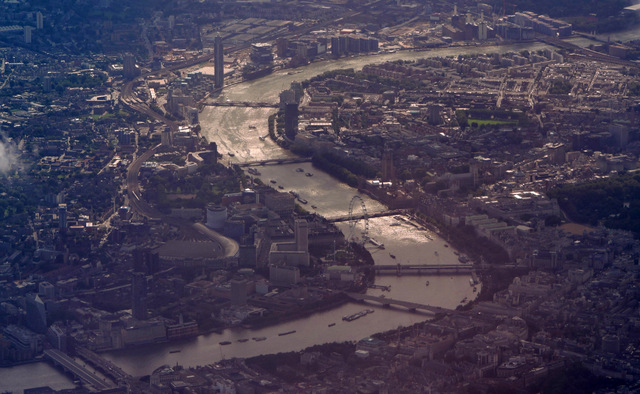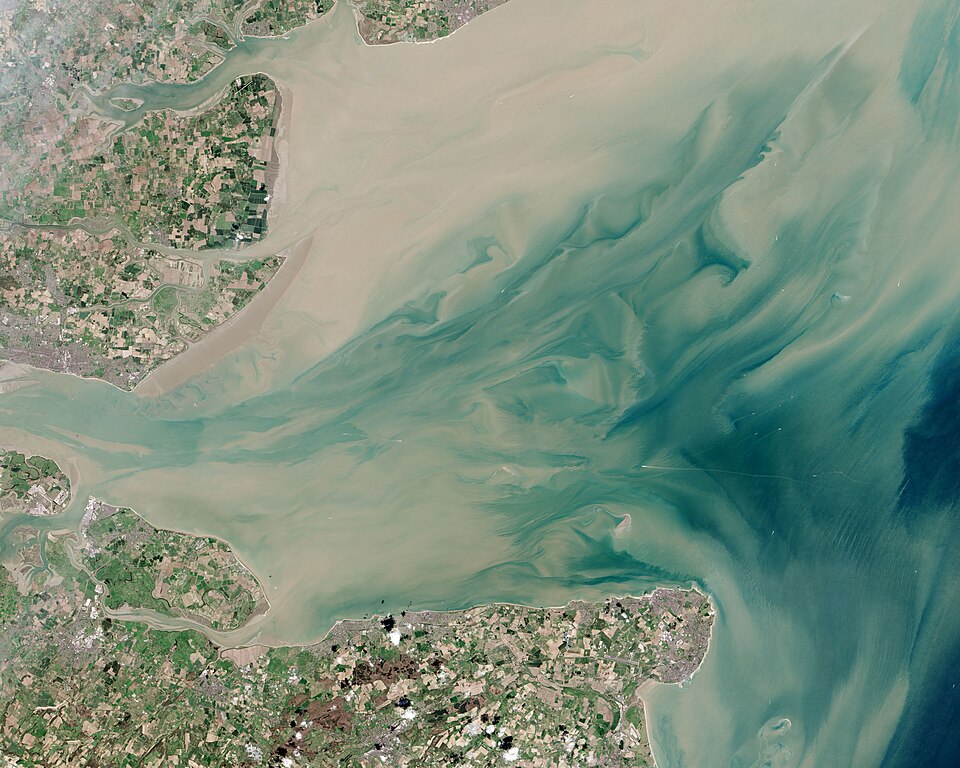
Throughout time, much has been dropped or thrown into the river. From a giant statue of Michael Jackson, to a 16th century sword recently found, to (less appealingly) it having been used as an open sewer for a very long time.
Never the less, this is a river, and has the capacity to support much life other than humans. Also, despite how much rubbish is pumped into the rive, it is much improved from several decades ago, and as such much wildlife has started to return.

Far from just fish, whales and even sharks have been seen within the river, and its estuary. While only regularly seen in certain areas, porpoises and seals are quite regularly seen, though being used to salt water, they rarely travel too far up the river.
Below is 2 videos of a dolphin which headed up the Thames – this is often a sign of poor health though not always. One is a local dolphin, the other is an Atlantic white sided dolphin.
The river should not host marine mammals of this type, as they do not regularly swim up rivers, so their body does not cope with fresh water.
There are plenty of larger river systems, such as the Amazon, and the Ganges which have native river dolphins but the Thames is not big enough.
Species known to be found in the river include:
- Europeal eels
- Short-snouted Seahorse, and others
- Both Harbour (or common) and grey seals
- Tope and Starry Smothhound sharks
- Oysters
- Over 125 species of fish
- Porpoises
- Otters
- Pipistrelle and Daubentons bats rely on it
- A whole list of bird species with the current count at 60
In 2006 the river even hosted a Northern Bottlenose whale, though this was also ill, and did not survive.
This wildlife continues to thrive, and provided humans continue to get better at looking after our rivers, we are likely to share it with more wildlife than ever as time goes by.











